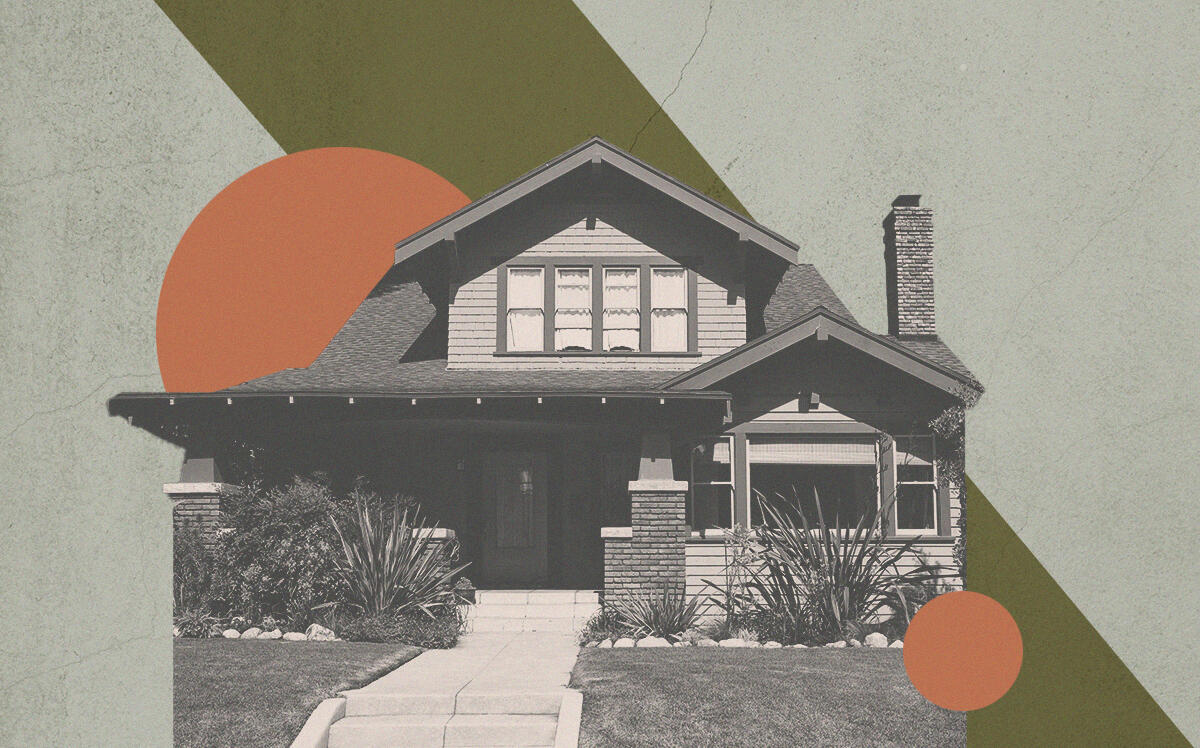Rising interest rates are taking a clear toll on the Bay Area’s residential market, but its bastion of affordability is maintaining stability amid larger drop-offs.
Residential deals fell six percent in May in the East Bay, according Compass, which defines the area as Oakland-Berkeley Inner East Bay. Last month saw 690 listings go into contract in the East Bay, compared with 733 a year earlier. The decline pales in comparison to other Bay Area markets, including San Francisco, which notched a 20 percent decline.
The modest overall downward trend in the East Bay was concentrated in the affordable segment of the market, with sales properties priced below the area’s median of $1.2 million dropping by 9 percent in May. Sales of homes priced between $1.2 million and $2 million rose by 10 percent, while deals for properties above $2 million saw a 38% increase.
The better performance for higher-priced homes could take some hits in coming months, as gyrations in the stock market and the expectation of more interest-rate hikes take effect, according to the Compass report, which based the outlook on pending sale data. The report nevertheless expects the East Bay to see less of a jolt than higher-priced neighboring markets in San Francisco and the Silicon Valley as the cooling trend continues.
“When affluent buyers see big, sudden declines in their wealth, they typically become more cautious,” Compass Chief Market Analyst Patrick Carlisle told The Real Deal.
The East Bay market, meanwhile, will likely benefit from a fundamental appeal.
“Even though the Inner East Bay has seen extremely high appreciation in recent years, it is still distinctly more affordable than San Francisco and San Mateo Counties across the bridges,” Carlisle said. “One simply gets a lot more home for the money, whatever one’s price range.”
“The work-from-home dynamic has played a continuing role,” Carlisle added, allowing East Bay residents “to be close to San Francisco and its cultural/urban amenities, but no longer having to commute on a daily basis.”
The current trend in the East Bay suggests a more stable market compared with the recent red-hot runup of the pandemic.
“The extremely high appreciation rates of recent years couldn’t (and shouldn’t) continue forever,” Carlisle said. “Buyers will have much more power than they’ve had for a long time, which is not a bad thing.”
Read more


